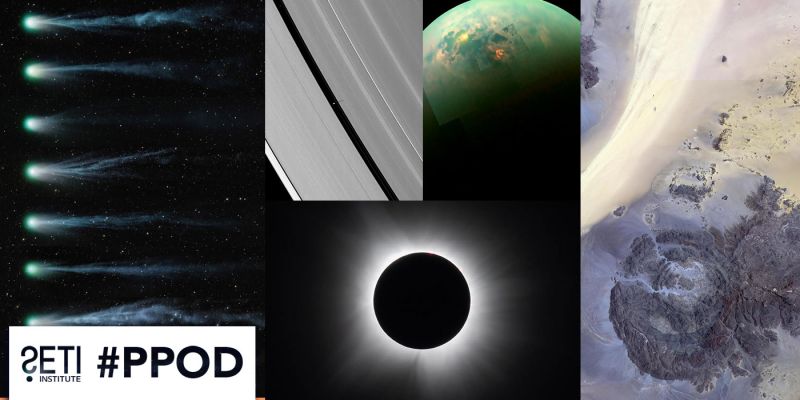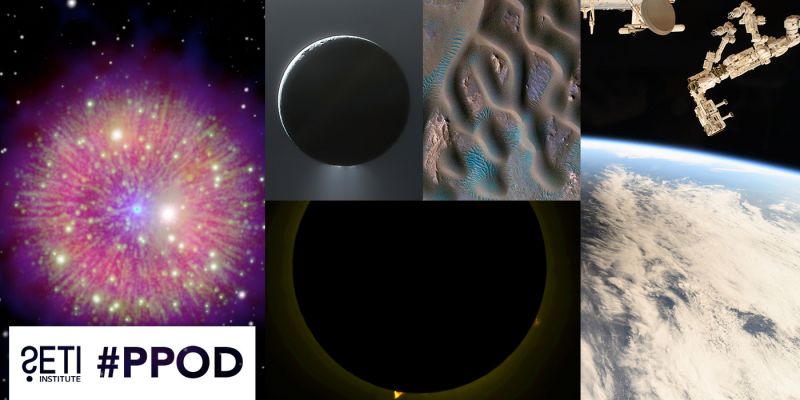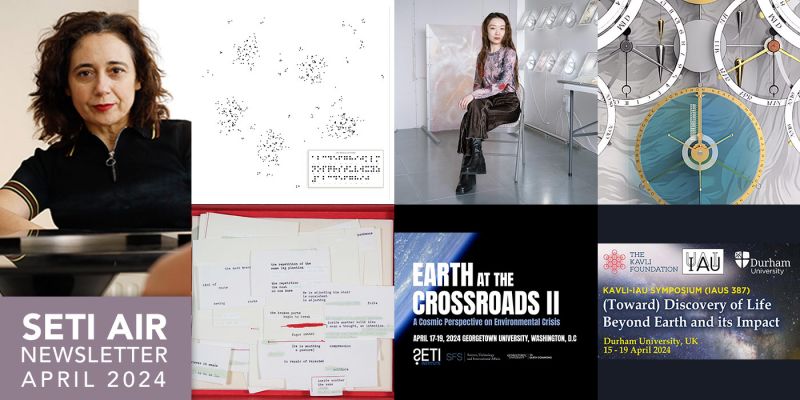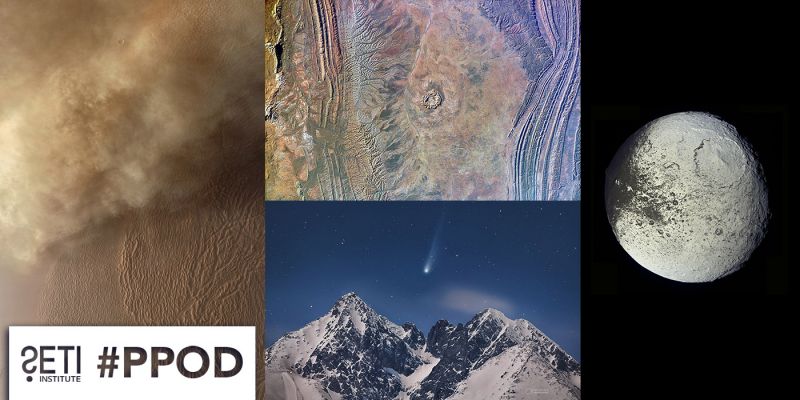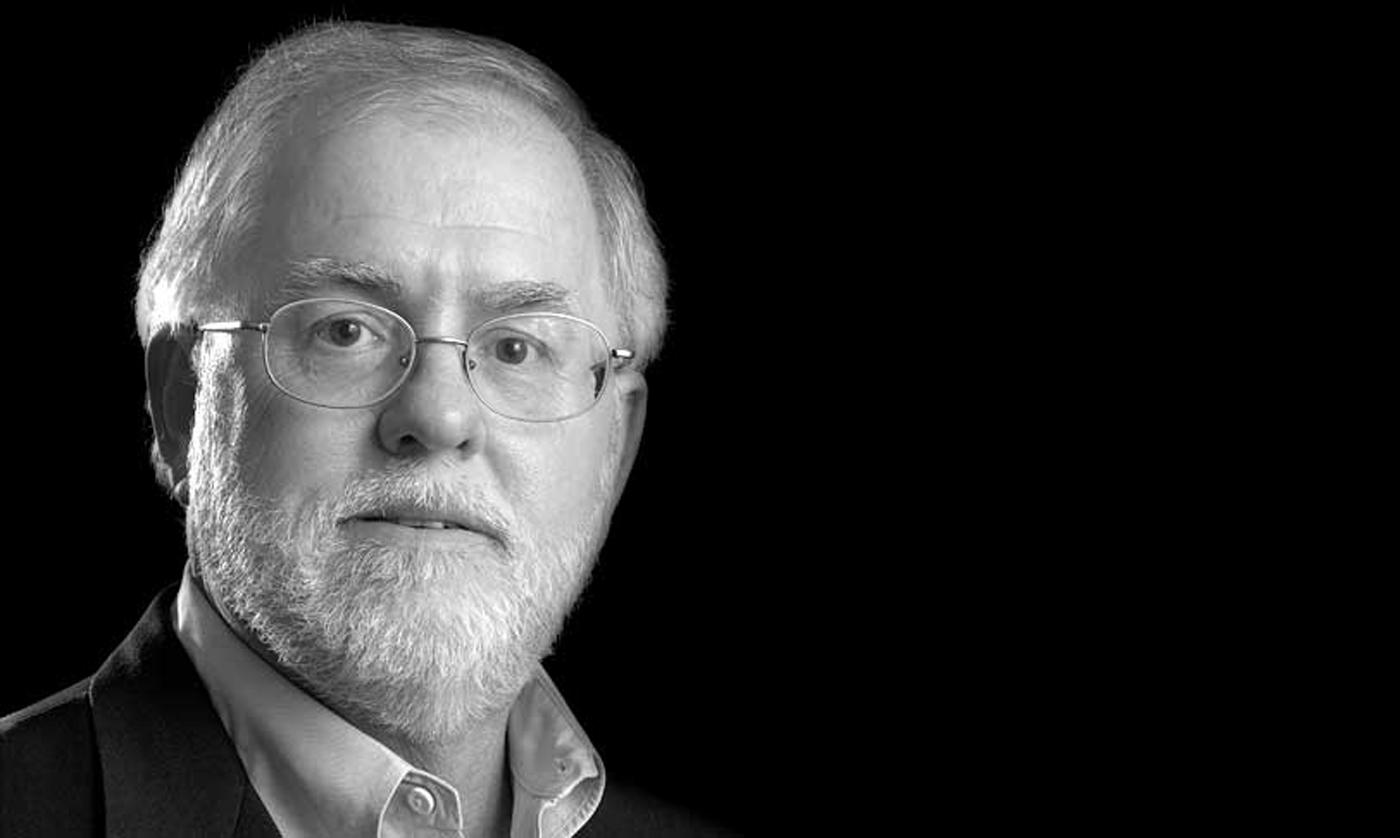
Tom Pierson, who founded the SETI Institute and went on to become its Chief Executive Officer for most of the organization’s first thirty years, died on February 20, 2014, of cancer. He had been on medical leave since 2012.
Under Pierson’s guidance, the Institute grew from a tiny, narrowly focused research center with a handful of employees to its current status: an internationally known organization that is home to more than 130 scientists, educators, and support staff. While founded to conduct SETI searches, the Institute soon broadened its mandate to encompass all aspects of understanding the nature and prevalence of life beyond Earth.
Growing up in Norman, Oklahoma, Pierson studied aerospace engineering at the University of Oklahoma. By the early 1980s, Pierson was working as a grants administrator at San Francisco State University, where he helped adjunct Professor Charles Seeger obtain research funds for the new SETI project headquartered at NASA’s Ames Research Center, an hour’s drive to the south. Intrigued, he made a proposal to project participants Barney Oliver, John Billingham and Jill Tarter, suggesting a more efficient way to organize the NASA efforts. Pierson laid out the benefits – both organizational and financial – of setting up a non-profit entity, dedicated to the research. In this way, the administrative and other costs associated with the project could be kept low, and more of the budgeted monies could go to the science.
Finding broad agreement with his idea, Pierson completed the paperwork in the Fall of 1984, at which point the SETI Institute became a reality.
A decade later, the existence of this non-profit organization became crucially important in saving the nation’s largest SETI program. In 1993, a Senate amendment cancelled funding for NASA SETI, and the Institute stepped into the breach to keep the research going with private funding. Over the course of the last two decades, these efforts raised approximately $90 million in private monies from donors such as Barney Oliver, Paul Allen, Gordon Moore, Bill Hewlett, and David Packard, making possible the construction of the Allen Telescope Array, now used for the Institute’s SETI searches. Today, monies won by its scientists in competitive solicitations generate approximately $17 million annually for astrobiology research.
For his extensive contributions to furthering the field of astrobiology, Pierson was recently recognized with NASA’s Distinguished Public Service Award, the highest honor given by the agency to non-government employees. The citation reads: For distinguished service to NASA and the scientific community through leadership of the SETI Institute, supporting basic research and education dealing with life in the universe.
Tom Pierson was not a scientist, but he was as fervent about the Institute’s varied research agenda as any of its investigators. He would exuberantly convey the excitement of SETI and astrobiology at any gathering, professional or amateur, formal or casual. His management style was characterized by a fierce loyalty to the Institute’s employees and an easy willingness to let them try new ideas.
The persona and personality of Tom Pierson continues to define the organization that he founded. He was the touchstone for everyone who works at the SETI Institute: his enthusiasm, upbeat attitude, sense of humor, and humility are the organization’s DNA. He was always pleased to let his employees take the credit for any of the Institute’s many accomplishments. And yet those who had the great fortune to work here during the nearly three decades of his tenure know that their work and their rewards were made possible by Tom Pierson. The SETI Institute remains a burnished legacy of the man who conjured its existence.
Tom Pierson is survived by his wife, Elyse, his daughter Elizabeth, son Thomas, and Justin, his son by a previous marriage.

